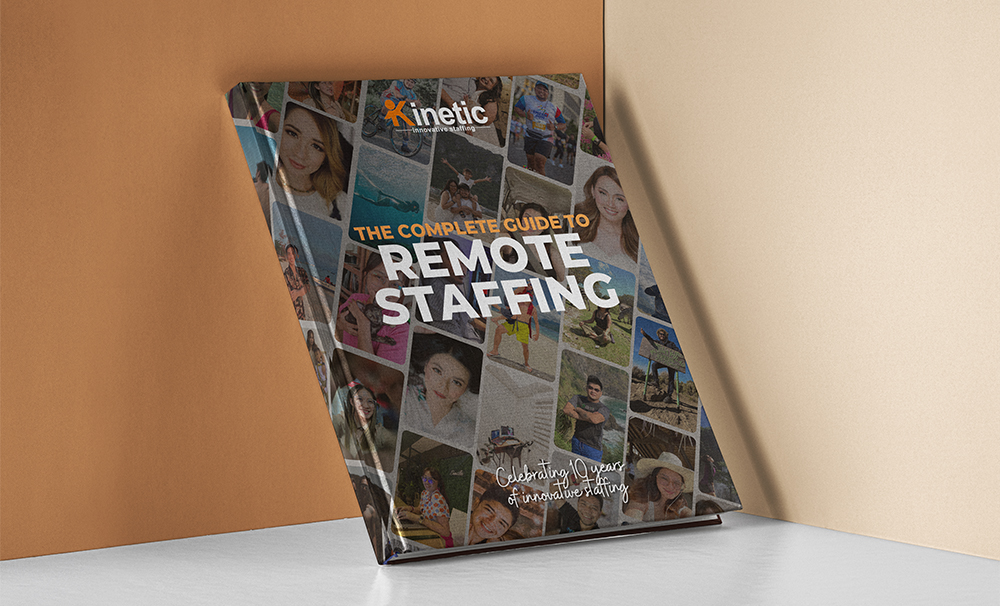Since the outbreak of COVID-19 to start off the year 2020, the world has rapidly descended to a virtual standstill. Countries from every corner of the globe have been racing to contain this pandemic, and the effect has gone way beyond the health risks on a global scale.
With “community quarantine”, lockdown” and “social distancing” the prevailing terms these days, people are forced to study and work from home, and industries and agencies are now more heavily into online meeting and collaboration. Social media has been flooded with screenshots of people getting together in virtual meeting rooms, such as this one:
In fact, government agencies around the world have started using online meeting rooms, such as the British courts, US city councils, the Pakistani Parliament, the UK Prime Minister, and even Queen Elizabeth herself.
This morning, I chaired the first ever video conference Cabinet meeting.
We must all do our bit to stop the spread of coronavirus, protect our NHS and save lives. #StayHomeSaveLives
https://t.co/Eew4i0Wr5q pic.twitter.com/LkWYYnMXnq— Boris Johnson #StayHomeSaveLives (@BorisJohnson) March 24, 2020
As a result, online collaboration tools have soared recently. According to tech news site No Jitter:
- Cloud video conferencing platform Pexip has seen 200% growth over the past month, with peak usage surging to nearly six times the peak in Jan.
- BlueJeans has seen three times global usage growth, and Fuze has seen an increase in meetings by 251% over the past few weeks.
- On March 13, Microsoft reported that its Teams collaboration platform has seen a 500% increase in meetings, calls, and conferences
- Based on its current run rate, Neat’s sales for 2020 are poised to be five times its original projections for the year
- In 2020, Zoom stock has gone up by 58% (as of March 16)
All this social distancing, teleconferencing and digital collaboration are creating a lasting effect on the workplace. Many governments, health agencies, and even private companies are rolling out guidelines on mandatory work-from-home arrangements.
In fact, even before the COVID-19 crisis, industry experts were projecting that by 2025, about 50% of the US workforce will be working from home at least part of their workweek. The obvious win-win benefits from both worker and employer perspectives are too significant to ignore:
Benefits to the worker
- Higher productivity. 77% of professionals feel more productive when working remotely, and 30% say they accomplish more in less time when working from home, due to fewer distractions and higher work autonomy.
- Convenience. The time, effort, and money needed to dress appropriately, pack lunch or eat out, and commute to and from work are eliminated (or reduced). These present significant savings to the worker.
- Comforts of home. The ability to be more present with family members is another major benefit that cannot be measured for many.
According to a recent survey, 92% of remote workers want to continue with their current work arrangements.
Benefits to the employer
- Higher morale. A Stanford study found that remote workers have higher morale and higher job satisfaction rates than their cubicle-dwelling peers. Another report indicates employees working from home at least once a month are 24% more likely to be happier with their jobs.
- Cost Savings. According to a PGI News report, the average savings on the workspace (on rent, utilities, and supplies, among others) for full-time remote workers is US$10,000 every year per employee.
- Larger talent pool. As remote staffing is no longer constrained by geographical boundaries, companies can now recruit for talent outside their own city or even their own country. The opportunities to hire the best talent out there has grown exponentially, not to mention the massive savings that can be achieved if hiring from developing countries such as India or the Philippines.
Companies who have tried remote staffing are generally satisfied with the new arrangements. 91% of employers who are currently supporting remote work plan to continue or expand remote staffing in the future.
Companies all over the world are actively exploring, or even aggressively pursuing, a remote workforce, such as Apple, Humana, Dell, Amazon, AT&T, Aetna, Kaplan, Apple, GitHub, American Express, Zapier and Enterprise, to name a few.
Remote work has been rapidly growing globally over the last decade, and the COVID-19 pandemic his further accelerated this to unprecedented levels. But even if this current crisis is outlived, the social, industrial and even the educational landscapes will never be the same again.
Kinetic Innovative Staffing has been providing hundreds of companies in the Asia Pacific, North America and Europe with remote professionals working remotely from the Philippines since 2013. Get in touch to know more.




